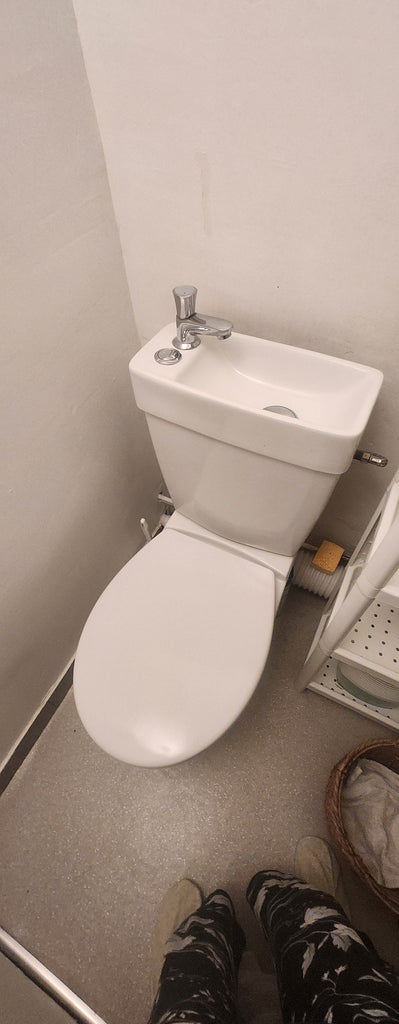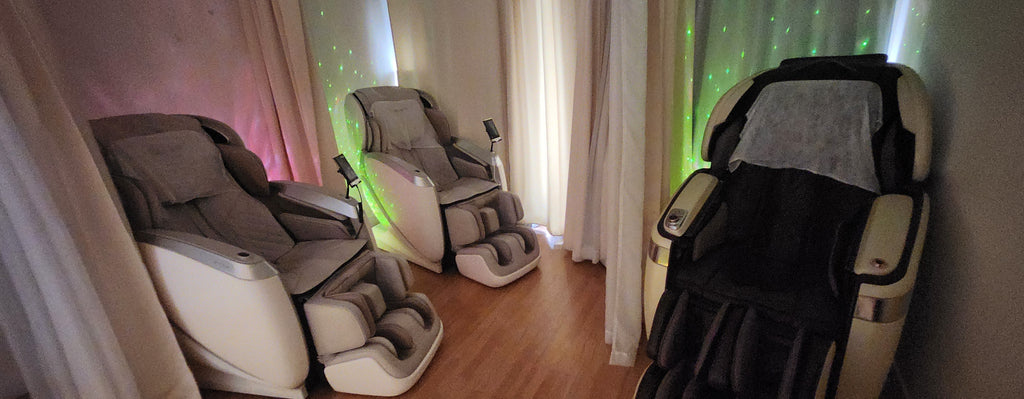By Selena Belisle, Founder and Instructor, CE Institute LLC
I experience a LOT of massage therapy and bodywork from others. The number of massages I’ve received over my almost 40-year massage therapy career would be in the thousands. Any good massage instructor would seek constant massage from others as part of an experiential learning process to continually share with others.
In this article, we’re going to discuss what an appropriate amount of massage oil, cream, lotion or gel would be appropriate for a massage therapy appointment. I will refer to these substances as massage mediums or mediums, which are common lingo in the massage therapy industry. Mediums can be oils, lotions, powders, cream or gels used for bodywork or massage therapy services.

I recently went to a Vermont massage school student clinic for a massage therapy appointment and shared a unique experience with the student’s massage medium application. That was, whenever the student therapist applied their massage medium to a new work area, it always felt like they were not using or applying enough. A lack of massage medium during Swedish massage in particular can cause an undesirable drag or skin friction, which is usually contrary to a Swedish relaxation appointment.
At first, it was easy and erroneous to discount the lack of appropriate massage medium to the situation where I was receiving massage from a student; however, once the medium was applied to the new work area with longer effleurage application, it never felt like there was a lack of an appropriate medium. In fact, their massage therapy strokes which included ringing, petrissage, bone tracing and more felt really wonderful! So, in the end, it created this puzzling feeling of what is an appropriate amount of massage medium?

Usually in massage appointments, the amount of massage medium feels less and less as appointment time continues, which requires reapplication of the massage medium to avoid drag and friction. So how could a massage medium feel like it’s not enough at the beginning and more appropriate during later strokes, such as what happened with this student’s massage? The answer is there was not enough massage medium applied for a longer effleurage stroke, but there was an appropriate amount of massage medium applied for the remaining shorter strokes like ringing and petrissage.
So, this partly answers the question about whether you’re using enough massage medium in your bodywork or massage appointments. Enough massage medium should be used to avoid undesirable skin friction or drag. Contrarily, less medium should be used when friction or drag are essential to the treatment.

We do not recommend using excessive amounts of massage mediums, unless you’re using massage tools such as hot stones which require quick glide over the skip and cups where you want to reduce skin friction while working the deeper levels of soft tissue. In examples such as Orthopedic Cupping Massage or Hot Stone Massage, we refer to the phrase “make it shine”, because we want the client’s skin to shine with enough massage medium for proper modality engagement.
The correct answer as to whether you are using enough massage medium in your bodywork or massage appointments also depends on your client. As long as you are able to execute your massage or bodywork skills with ease, any amount of massage medium the client wishes for would be appropriate, as long as it’s not excessive or causing physical harm.

The massage therapy and bodywork goal for proper medium application is to use enough but never too much. Using too much massage medium becomes expensive, can unnecessarily soil sheets, towels and clothing, make other massage equipment or floors sticky and unsanitary, can cause laborious cleaning efforts amongst other problems. Not using enough massage medium can hurt or in a worst-case scenario, cause injury such as skin friction burns. Your massage medium application should allow the massage therapist to practice their hands-on skills with ease, feel good to the client and provide a therapeutic result from the hands-on work as well.

After almost 40-years of practice, I’ve seen all types of massage medium monitoring application by employers, most of which is unpractical. The worst I saw was a lightweight cream provided in a 2-ounce cup per appointment, and the therapist was not allowed to use more than 2 ounces of massage medium per client which was beyond impractical. Anyone who assigns a specific number of ounces of massage medium to be used with any particular client is likely inexperience and uneducated. That’s because:
- Massage clients can be of various sizes. A 90-pound female client will almost always require less massage medium than a 400-pound client with a larger surface area to cover. As such, providing a 2-ounce ratio per client is likely wasteful with some clients and painfully short with others.
- Massage recipients can have skin hydration differences, with anything between skin dryness and dehydration to oiliness or any other combination. Some massage clients can have such oily skin that you might not need to use much massage medium at all. While others can have such dry skin, that massage medium reapplication may be constant, especially if you’re using a highly absorbent product.

- The massage medium’s absorbency rate can also change the amount of massage medium required for the specific task at hand, whether it’s to glide over the underlying soft tissue, compress the underlying soft tissue, cause friction or other purposes. Changing the massage medium being used on the same exact client can change the amount of massage medium required depending on the product’s absorbency. Some massage mediums sit on the skin and are not very absorbent, such as Vaseline. While other massage mediums might instantly absorb, requiring more frequent re-application.
- Some clients may have excessive body hair requiring greater massage medium application too. Massage therapists should be prepared to use extra massage medium on a hairy client to reduce or painful pulling of the client’s body hair.

In general terms, massage oils and creams would provide the greatest amount of slip or glide with the least amount of absorption while gels, lotions and powders provide the greatest amount of friction and fastest absorption rates. While every product is different, those generalities amongst massage mediums apply to most but not all. Relaxation appointments usually require massage mediums with greater while deep tissue and focal bodywork such as myofascial release or trigger point therapy would generally use massage mediums with less slip, such as gels, powders, lotions or perhaps no massage medium at all.

In conclusion, there is no exact amount of massage medium that should be used for clients because this is an individual situation that is based upon client size, modality type, body hair, absorption rate and other factors which require customized amounts. The right amount will be what feels best to you and your client with an effective result.




































































